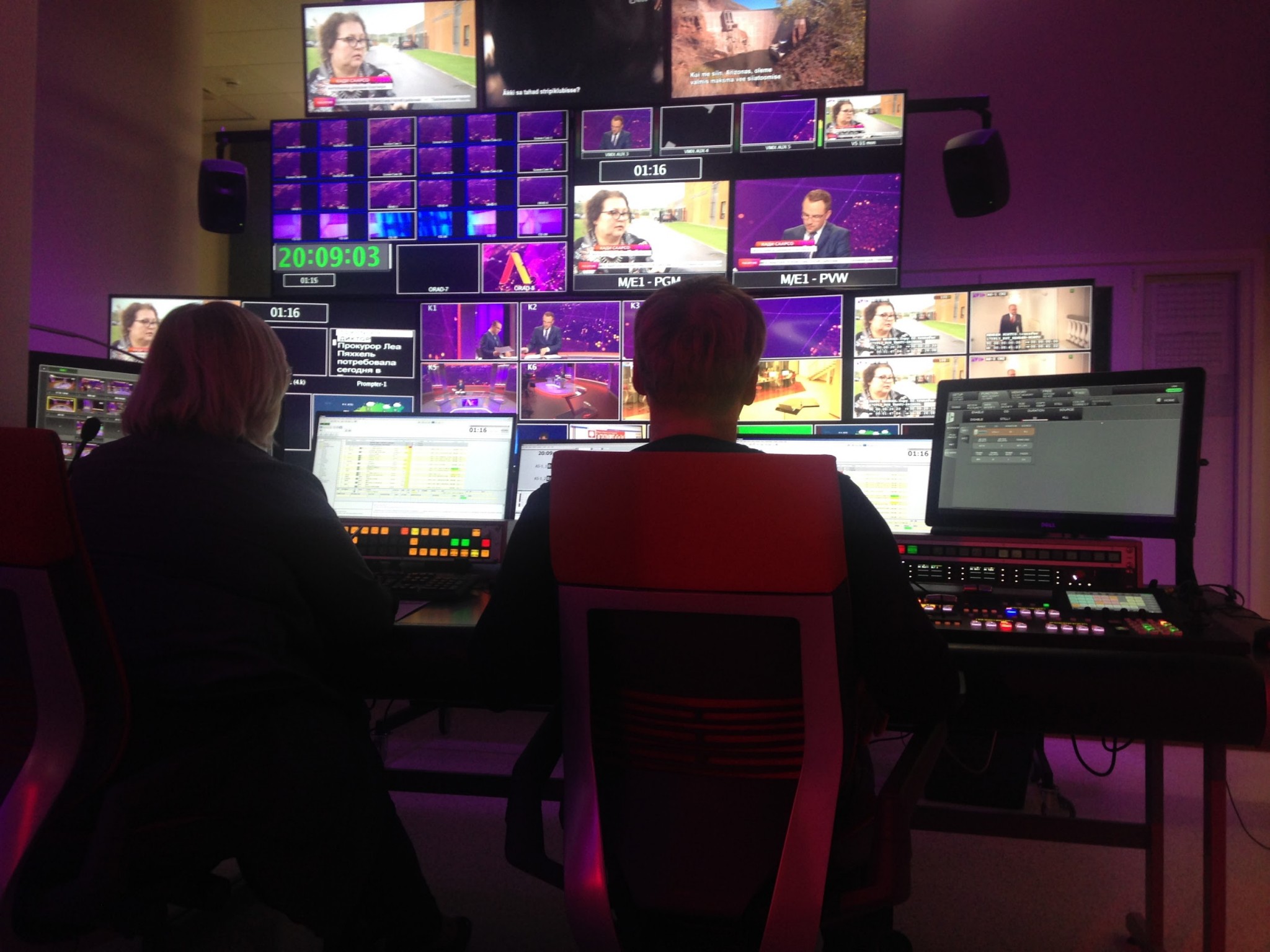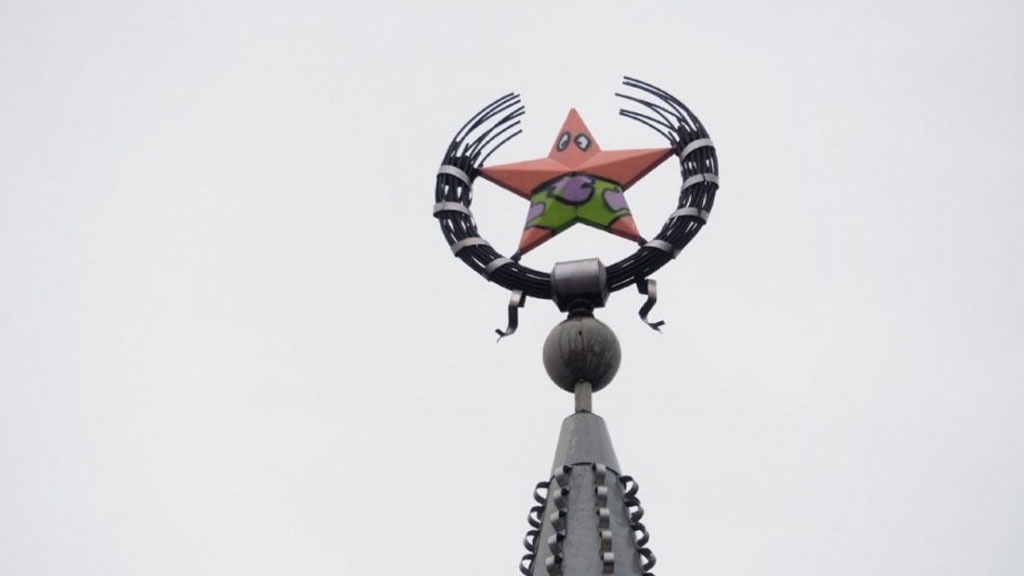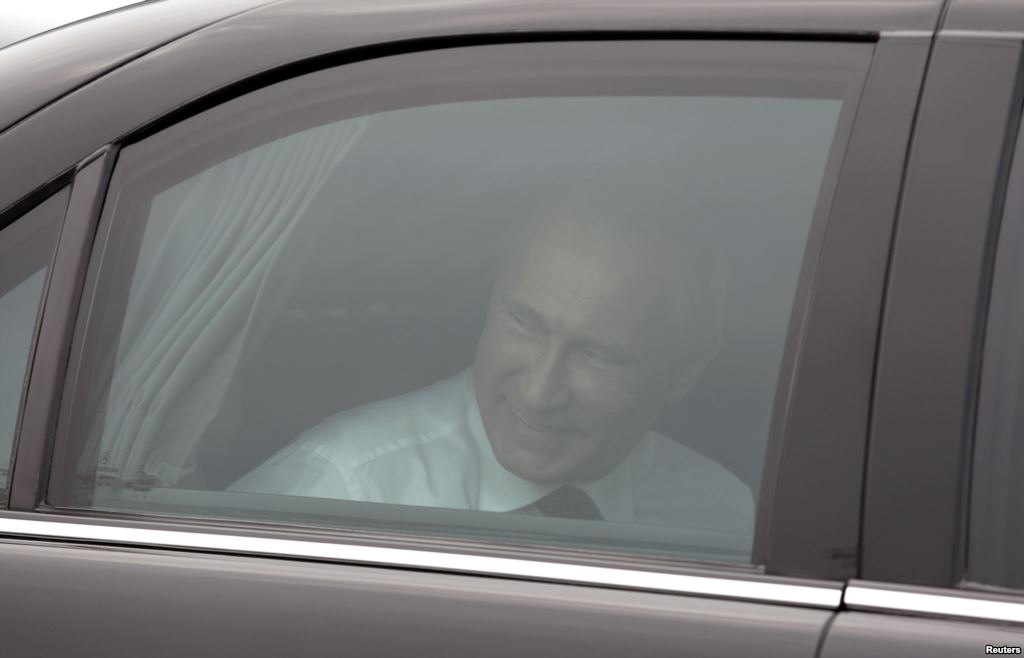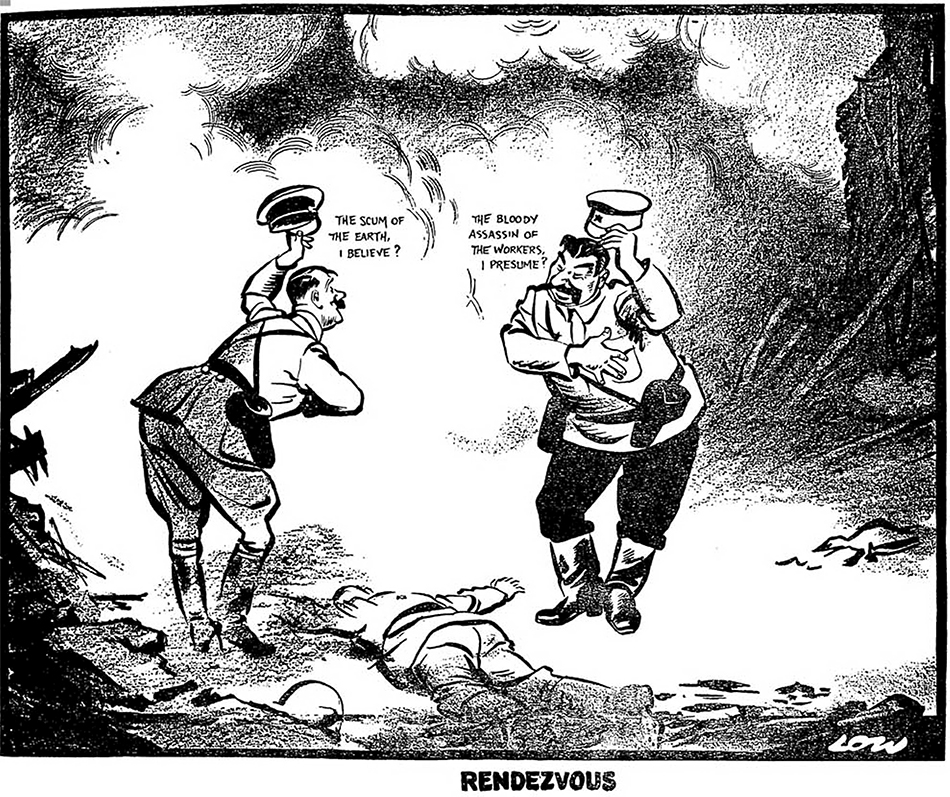The occupation of Crimea and the beginning of the war in Donbas made the Baltic countries reconsider their policy towards Russia. The situation in Latvia, Lithuania, and Estonia is similar but has its own nuances in every country. In Estonia, it is complicated by the fact that about 25% of its population are Russians.

The population of Estonia is 1.36 mn people. Of them, about 340,000 are Russians. The problem of their integration in Estonian society was underestimated for many years. Now, the state tries to pay more attention to the question. Euromaidan Press visited ERR, Estonian Public Broadcasting and in particular ETV+, a Russian-language Estonian channel created as an alternative to Russian propaganda media which are quite popular among Russian Estonians.
Estonian Public Broadcasting is one of three largest media companies in Estonia. It has 5 radio stations and 3 TV-channels. It belongs to the people of Estonia and is regulated by the Parliament which appoints a supervisory authority for the broadcaster. Russian-language channel ETV+ was launched in autumn 2015.
We talked to Ainar Ruussaar, an experienced journalist, ex-member of the board of Estonian Public Broadcasting, and one of the initiators of creating a Russian-language channel in Estonia.
As Ruussaar told, about 70% of the Russian population watches Russian channels – Perviy Baltiyskiy Kanal
(First Baltic Channel) which is a daughter of the Russian First Channel, NTV, and Rossiya 1.
Four warnings

The Estonian free Russian-language channel was created from the fourth attempt. Ruussaar names all the attempts:
- In 1992 after the fall of the Soviet Union. However, then the initiative didn’t lift off due to the lack of funds in the chaotic post-socialist period.
- In the spring of 2007. Then, the Estonian government decided to move the Soviet monument to the fallen Soviet soldier from the city center of Tallinn to the military cemetery. This led to 3 days of protests in the capital. The majority of the protesters were young Russians. Ruussaar attended crisis meetings of the government that time. There he was asked whether it is possible to open a Russian-language channel. He answered yes, but clarified that creating a channel needs time. But when the unrest ended, the idea was forgotten.
- In 2008 after the Russian-Georgian war. The active phase of the war lasted for 100 hours and was quickly forgotten by Europe and NATO. The idea of an Estonian Russian-language channel was forgotten as well.
- The channel was created from the fourth try, with the occupation of Crimea and the de-facto war in eastern Ukraine acting as the catalysts.
The decision on the creation of ETV+ was made in 2014. In autumn 2015 the channel started to work. The broadcasting starts at 7 in the morning and ends at 1:0 a.m. It has 20 hours of original programs per week. The rest is purchased films and TV-series. According to Ainar Ruussaar, it is the only one independent Russian-language channel in the region (Latvia, Lithuania, Poland, Finland, Sweden):
“It is important because there are very few independent Russian journalists in the world.”
The expert also names some concomitant advantage: they at ETV+ can show Russian content which is forbidden in Russia.
“For example, the Russian TV-series Trap. Guess why it is forbidden in Russia? It tells about Russian mafia. But there is no mafia in Russia,” sneers Ruussaar.
The mission in terms of freedom of speech

ETV+ isn’t created as an anti-propaganda channel. It provides an alternative to the Russian media’s narrative, so the audience can see different points of views.
The Russian-language channel follows the concept of the Estonian-language channels of the public broadcaster.
“Our budgets can't compete with Perviy Baltiyskiy Kanal or NTV. The only way we can compete is by talking about local stories and local people,” says Ruussaar.
He goes on saying that local Russians can come to the channel and speak freely:
“If they think that Crimea is a Russian territory they can say it absolutely freely. However, we will also put up another opinion. And there will be a debate.”
According to the channel's statistics, the biggest share of their audience watches ETV+ at 8 PM, the time of the newscast.
“The audience behaves strangely. Russian-speaking people will watch our news until the end and then go to Perviy Baltiyskiy Kanal. So over one hour, they will watch two newscasts – the Kremlin one and an independent one. But I have no idea what do they think afterward,” says Ruussaar.
The journalist is confident that Russians within Estonia do not trust anyone at all:
“They trust neither Putin's government nor the government of Estonia. They have a job here, an apartment. Life seems pretty normal. It is strange for them that there are American forces here. However, they do not see Americans in everyday life, so it’s OK. Young people are integrated – they know Estonian and Russian and have different sources. But I am afraid that older ones do not trust anyone.”
The Estonian government recognized the value of strategical communication with the Russian population in Estonia was after the events in Georgia and Ukraine. In the mid-90s, a policy to reduce the use of Russian language in Estonia was established, putting the focus on Estonia, the Estonian government, and the Estonian language. After Estonia joined EU and NATO, the concept of globalization became closer to the country:
“When the crisis arose in Georgia and Ukraine, we started to realize that strategical communication is sometimes more important than anti-tank weapons. We started to realize that there are many people here who live in Estonia physically, but in Russia mentally. They watch Russian TV, they do not know Estonian, they did not know that they can participate in local elections. They did not know it because Russian channels did not show it,” explains Ruussaar.
After it became clear, Estonian society realized the need to talk to Russians and to explain in their language what Estonia is, who is its president, why NATO forces are located there etc. Wherein highly valuing freedom of speech, the country decided not to block propaganda coming from the Russian Federation:
“We trust in our people. We believe that they are educated enough to understand what propaganda is, what Kremlin channels are, what Russia Today is, and can choose other sources. However, if I want to watch the TV-channel Al-Qaeda, Rossiya-1, or Ukrainian 5 Kanal it is my free choice in a democratic country,” says Ruussaar.
Evaluating the Russian threat

From the Ukrainian point of view, such an approach seems reckless, as it was Russian propaganda which made the war and occupation in Ukraine possible. However, Ruussaar says that in Estonia, the Ukrainian scenario can be repeated only in theory. He explains that the situation in Estonia is completely different than in Crimea and Donbas. First of all, because the level of life in Estonia is better than in Russia. The expert gives an example of Narva, Russian-speaking Estonian city on the border with Russia:
“People who live there can visit Ivangorod, which is located in Russia on the other side of the river, without a visa for 24 hours. It is a very poor abandoned Russian city. If you live in Narva, you can see the difference at least visually. In Narva, on the other side of the river, you see a long, spacious boulevard, restaurants, cafes, fountains. And on the opposite side a hundred meters further you see a dark abandoned city.”
Ruussaar empathizes that there is also another important factor which eliminates the threat of the Russian world – freedom:
“People who received Estonian citizenship or permanent residence received the right to travel freely – to London, Stockholm etc. Even if they do not have money for it, it is a very important feeling. I remember how happy I was when we became EU members. There is also a feeling of personal freedom which is the base of democracy. People who live in Russia never felt this freedom.”
At the same time the expert does not underestimate the capabilities of Russian propaganda:
“Russia can change the subject very fast. The greatest example of it is when the operation in Ukraine did not go as they wanted, Ukraine stopped being the center of news in Russian media, which moved over to Syria where Russia came to ‘help the Syrian people’.”
Ruussaar also gives another example of clever manipulation:
“If you look for information about the downed Malaysian Boeing in Estonian or English you will receive the flight MH17. In official Russian media, they do not write either the name of the flight or 'Malaysian plane'. They write 'downed Boeing.' So in Russian, you will receive all the information about Boeing aircrafts but nothing about the incident.”
The journalist gives advice on how to fight propaganda – to check every detail of a case to prove the failure of a fake story, but if there is no proper source it is better to ignore such news altogether.
ETV+’s permanent audience is 150,000 viewers per week. 30% of Russians in Estonia know about the channel. The number of viewers on the second screen (Internet, mobile applications) is growing. 25% of those who watch the channel in the Internet live abroad. The majority of them are from Finland. The audience from Latvia is in second place, viewers from Russia come in third and Israelis are fourth.





